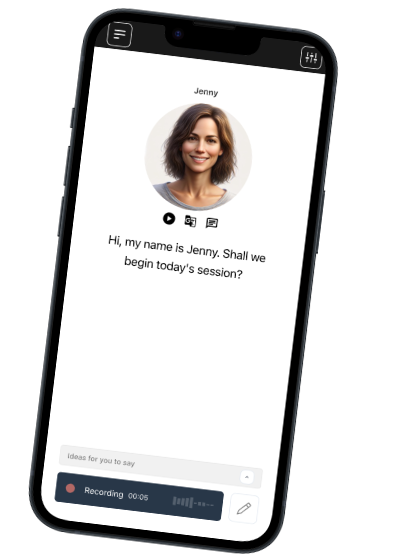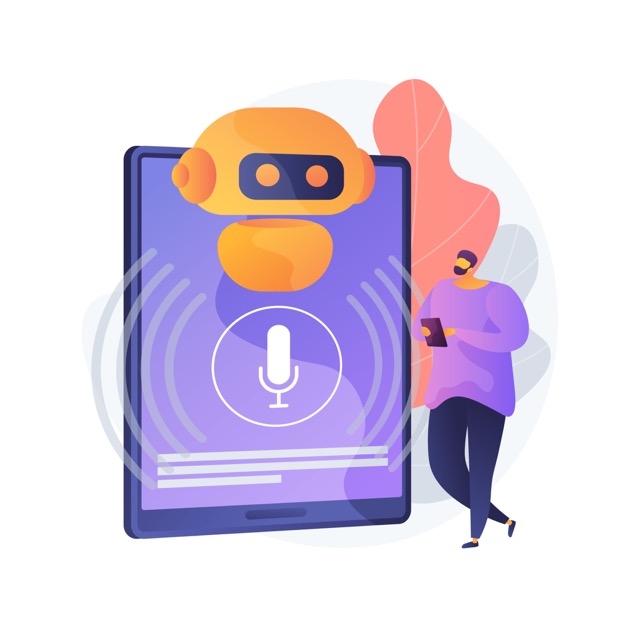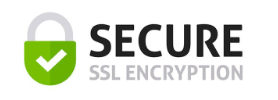Founded in Denmark. We respect your privacy.
Join a worldwide community of language learners
Can You Really Learn a Language in 10 Minutes a Day? The Surprising Reality Behind Micro-Learning Myths
Last updated on
Picture this: You squeeze in a 10-minute Spanish session between Zoom calls, or practice French pronunciation while waiting on your morning coffee. Micro-learning—breaking study into frequent, short bursts—is a hot trend in language education. But can these rapid-fire moments truly build real speaking skills? Or is this approach just a clever shortcut with hidden trade-offs? Stay tuned for a surprising insight at the end that could change the way you view your language routine.
Why “10 Minutes a Day” Sounds So Tempting
Our busy lives have transformed how we approach learning new skills. Micro-learning apps and platforms promise that even a few focused minutes a day will add up to impressive progress (see global adoption statistics for just how popular this approach has become). It’s undeniably motivating: Instead of intimidating, hours-long sessions, you set bite-sized, manageable goals. Research shows that consistency and frequency can help with vocabulary recall.
Micro-Learning’s Real Benefits for Language Study
- Memory Boost: Spaced repetition—the practice of reviewing material at gradually increasing intervals—can help engrain vocabulary and phrases in your long-term memory. Ten minutes spent actively recalling yesterday’s words can really pay off.
- Reduced Overwhelm: For beginners, a short micro-lesson can grow confidence and reduce the anxiety that often comes with tackling a whole new language.
- Flexibility: Frequent, short sessions fit easily into unpredictable schedules. You’re more likely to maintain your streak and avoid the dreaded “I’ll do it tomorrow” trap.
These benefits explain why so many language learners report positive experiences with tools designed around micro-learning, including apps that break content into quick, interactive activities.
The Hidden Limits: What Micro-Lessons Can’t Do
But here’s where expectations and reality can diverge. Ten minutes a day is effective—for certain language skills. Cambridge English research highlights that short, frequent exposure helps with vocabulary acquisition and grammatical recognition, but struggles to replicate the complex process of real-world conversation.
Here’s what often gets left out:
- Speaking Fluency:[/strong] True speaking ability comes from extended practice: thinking on your feet, responding in real time, and refining pronunciation through feedback. Squeezing this level of practice into daily 10-minute increments can be challenging.
- Deep Listening Skills: Real-life conversations—full of accents, idioms, and rapid transitions—aren’t easily simulated in micro-doses.
- Building Automaticity: For language to flow naturally, your brain needs sustained, focused practice. Micro-learning risks creating “fragmented” skills that don’t connect as smoothly in real dialogue.
If your goal is to understand and speak naturally, you must combine micro-learning with other strategies. For example, deliberate speaking with AI partners, as in these three essential practice methods, or longer immersive sessions that challenge your real-time communication skills.
Finding the Optimal Mix: Micro-Learning Plus Real Conversation
So, is “10 minutes a day” a myth? Not completely. Daily micro-learning is a powerful foundation. The trick is knowing what those 10 minutes can—and can’t—deliver. Top language education experts recommend mixing short bursts of review with periodic, longer sessions focused on speaking, listening, and live interaction. Even a brief conversation with a speaking partner or AI tutor once a week can make a measurable difference.
For those seeking speaking practice in languages like French or Mexican Spanish, integrating quick daily reviews with scheduled, real-time practice will accelerate your progress and keep your skills evolving.
The Big Reveal: What Separates True Speakers from “Daily App Users”
Here’s the twist, the learners who see the most improvement aren’t those who simply clock in 10 minutes every day. The real difference lies in pairing those micro-sessions with authentic, unstructured speaking moments—even if those happen just once or twice a week. In other words, 10 minutes a day builds your base, but stepping outside your comfort zone is what turns knowledge into fluency.
No magic shortcut—just a smarter route. Leverage those micro-learning bursts, but be ready for your language to truly come alive the next time you say “yes” to a real conversation.
Talk Your Way
to Fluency

Talkio is the ultimate language training app that uses AI technology to help you improve your oral language skills!
Try Talkio


